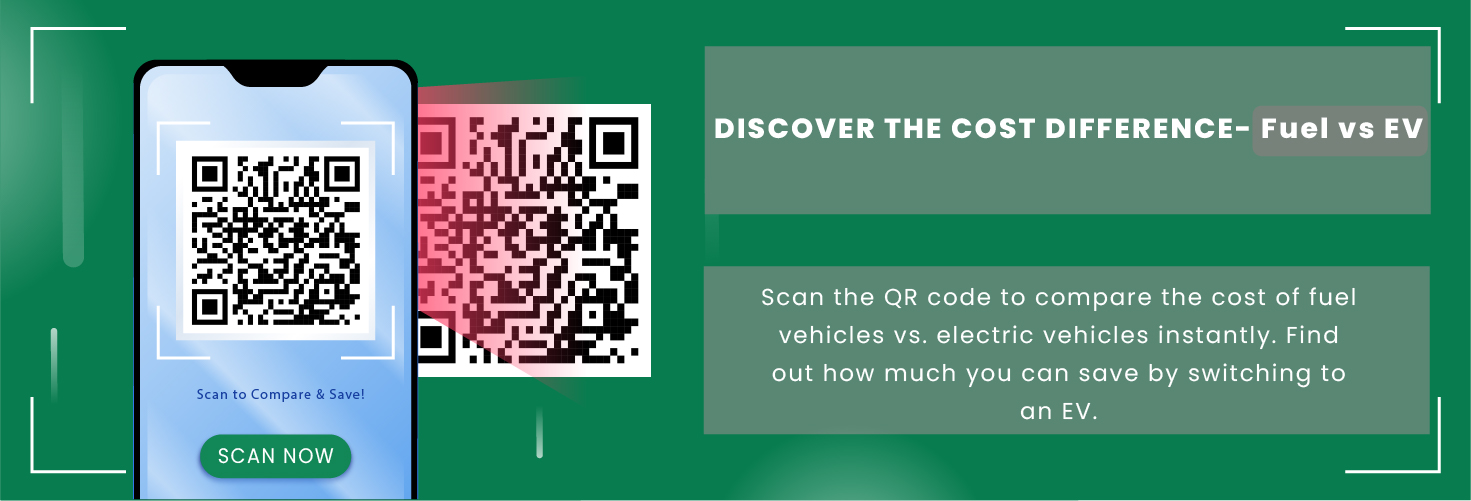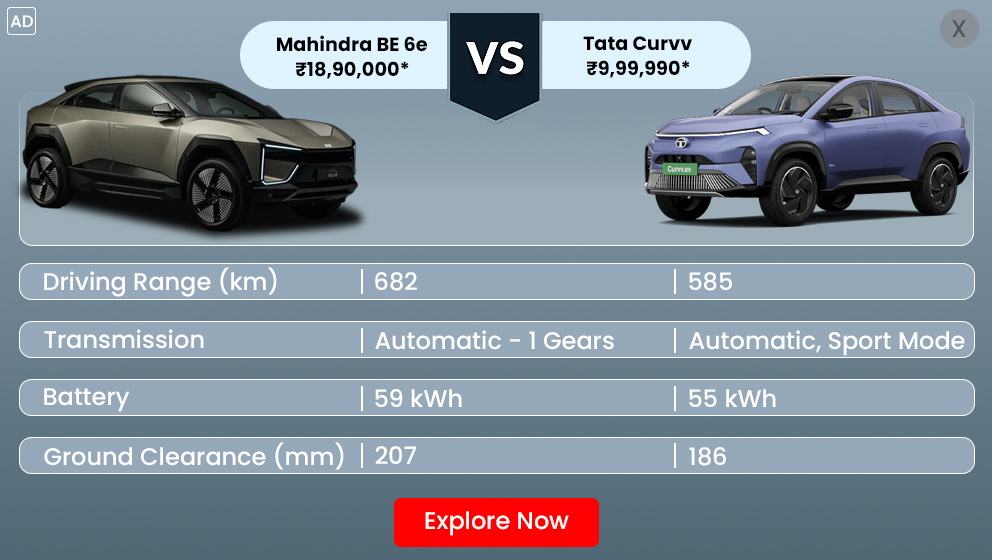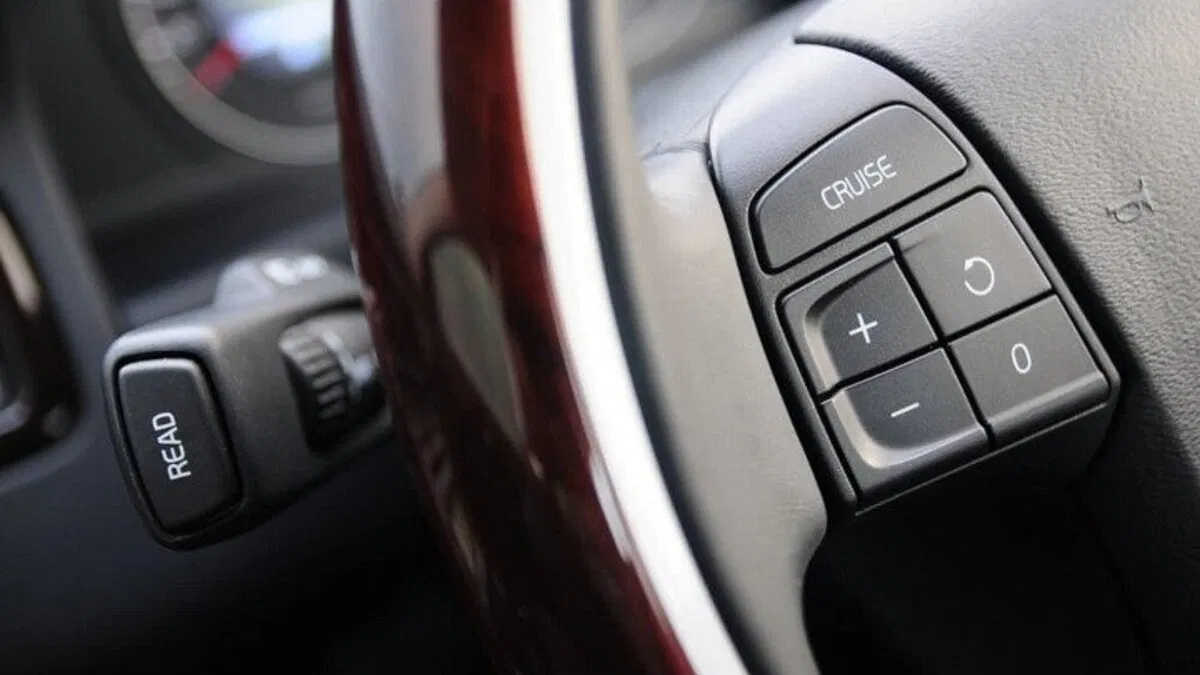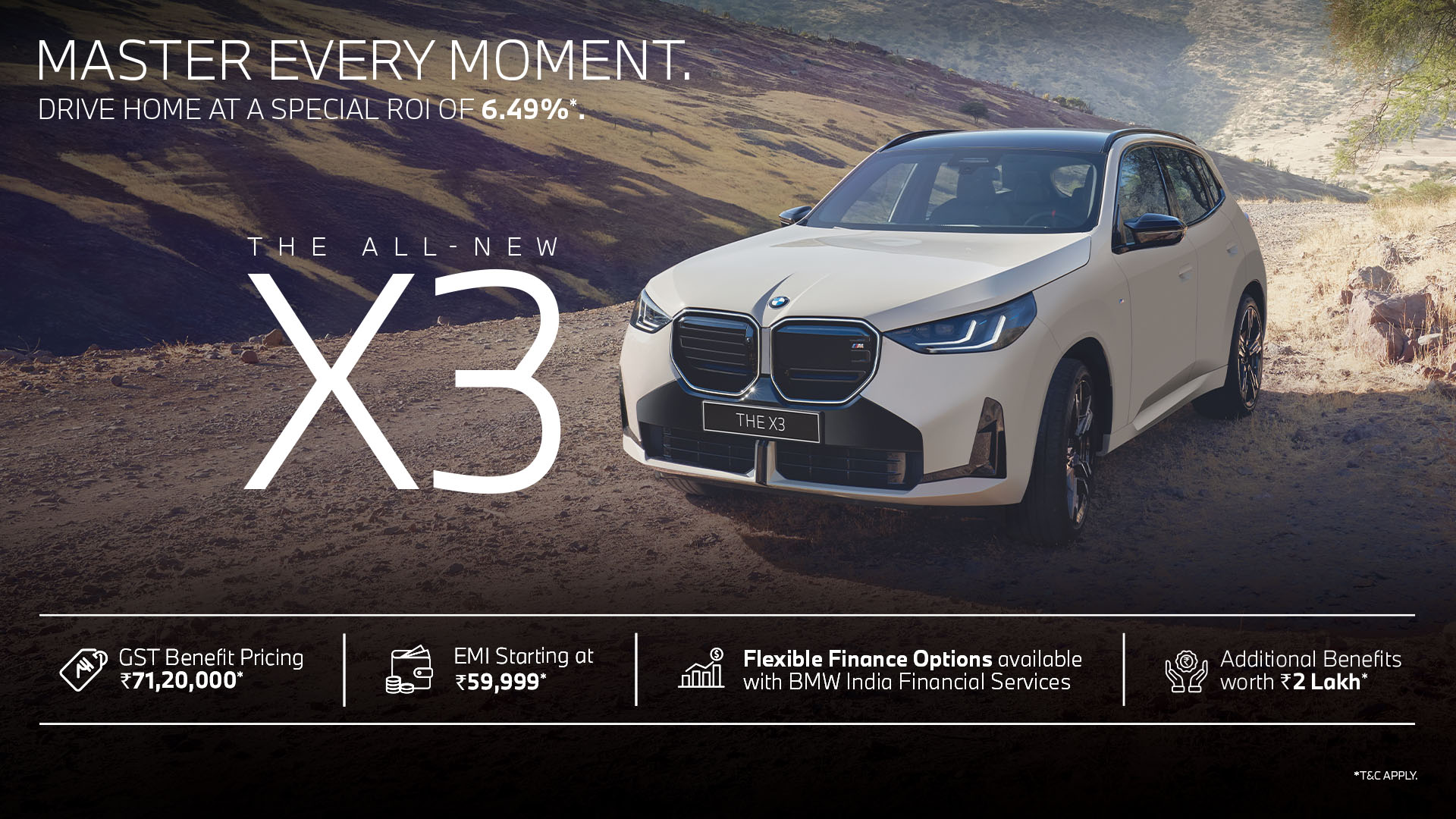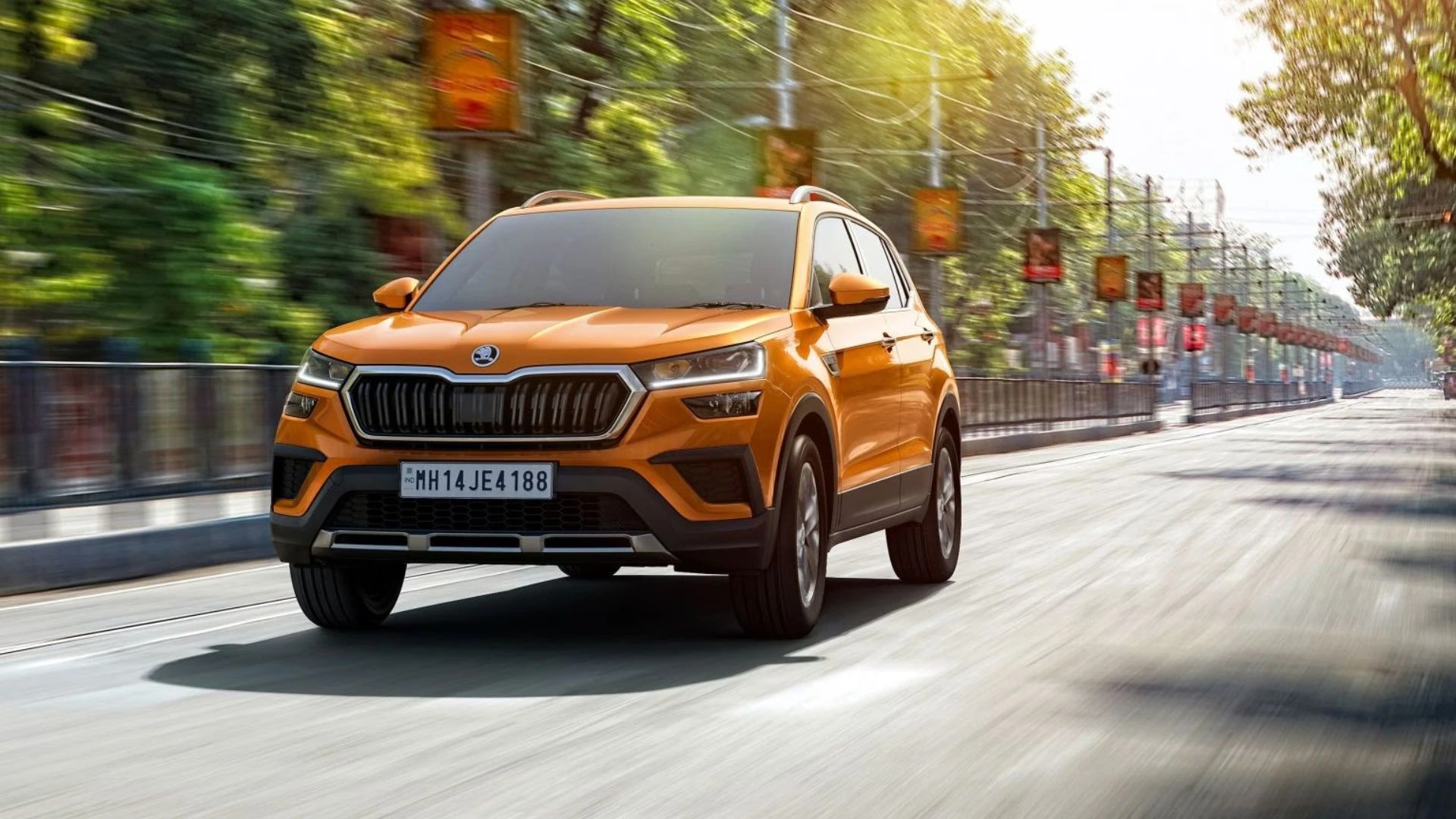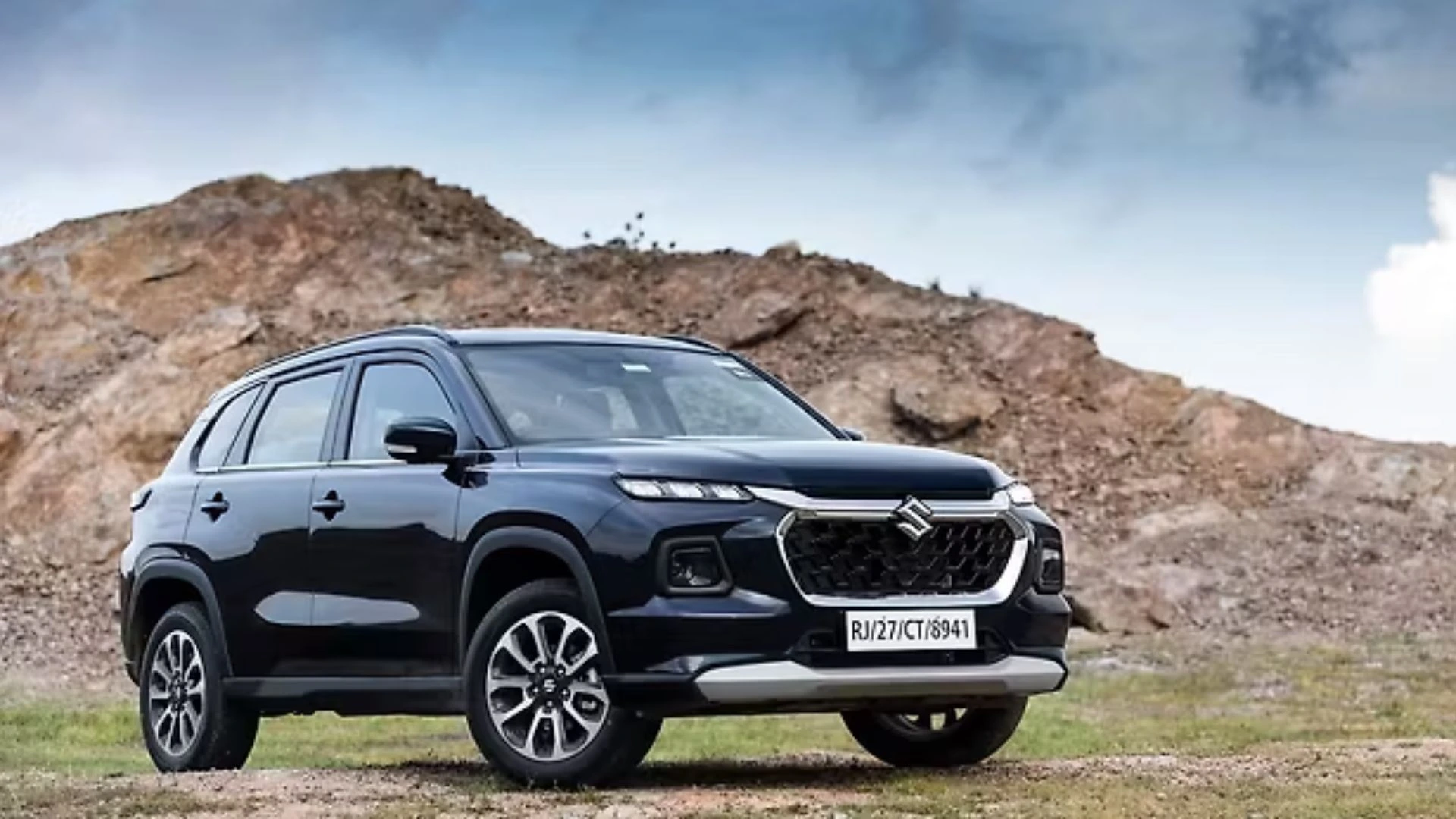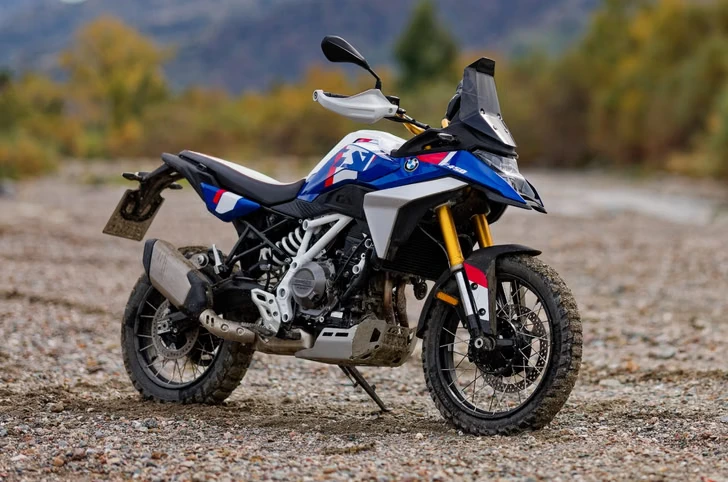With India’s expanding highway network, long-distance travel is becoming more frequent, and drivers are increasingly seeking features that improve comfort, consistency, and fuel efficiency. One such technology is Cruise Control in Car, a system that has evolved from being a premium add-on to a widely available feature in mid-range vehicles. Modern advancements such as adaptive cruise control, dynamic radar systems, and stop-and-go functionality have significantly enhanced driving convenience and safety.
This guide offers a clear and expert overview of how cruise control works, its advantages and limitations, common issues, and the feasibility of installing it in older cars.
What Is Cruise Control in Car?
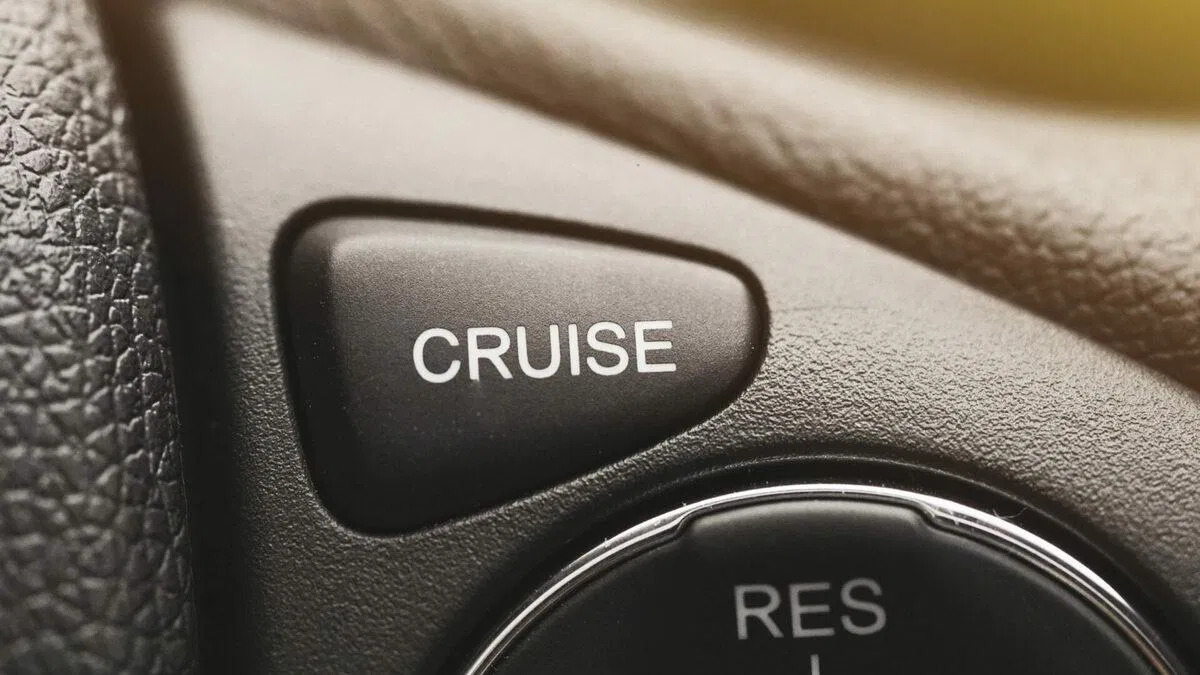
Cruise Control in Car is an electronic system that automatically maintains a speed set by the driver without requiring continuous use of the accelerator pedal. It was originally designed to reduce driver fatigue on long highway journeys, keeping the vehicle stable and improving fuel economy through controlled vehicle speed.
Earlier, cruise control operated using mechanical cables connected to the throttle. Today, modern systems use sensors, actuators, and an Electronic Control Unit (ECU), which continuously monitors speed and adjusts the throttle control to maintain consistency.
How Does Cruise Control Work?
When the driver activates Cruise Control in Car, the system performs the following functions:
- The ECU locks the current speed and maintains it without manual acceleration.
- The steering wheel controls (usually "+" and "–" buttons) help increase or decrease the preset speed.
- Tapping the braking system pedal instantly disengages the system for safety.
- Advanced models use radar sensors, cameras, and even automatic emergency braking support to maintain safe driving conditions.
In simple terms, it mimics your foot on the accelerator, but with greater precision, reduced fluctuation, and better stability on open roads.
Types of Cruise Control Systems
1. Traditional Cruise Control
This basic version maintains a constant speed as long as road conditions allow. It is ideal for:
- Long-distance driving on smooth highways
- Reducing fatigue on empty stretches
- Improving mileage with steady RPM
However, it cannot detect traffic or obstacles and relies entirely on the driver for braking.
2. Adaptive Cruise Control (ACC)
.jpg)
Adaptive cruise control is a more intelligent form of the system. It uses radar sensors, cameras, and onboard processors to monitor the distance between your car and the vehicle ahead.
It automatically:
- Slows down when the vehicle in front reduces speed
- Accelerates back when the road is clear
- Maintains a safe distance at all times
ACC enhances adaptive driving, making city commutes and highway traffic far more comfortable.
3. Dynamic Radar Cruise Control
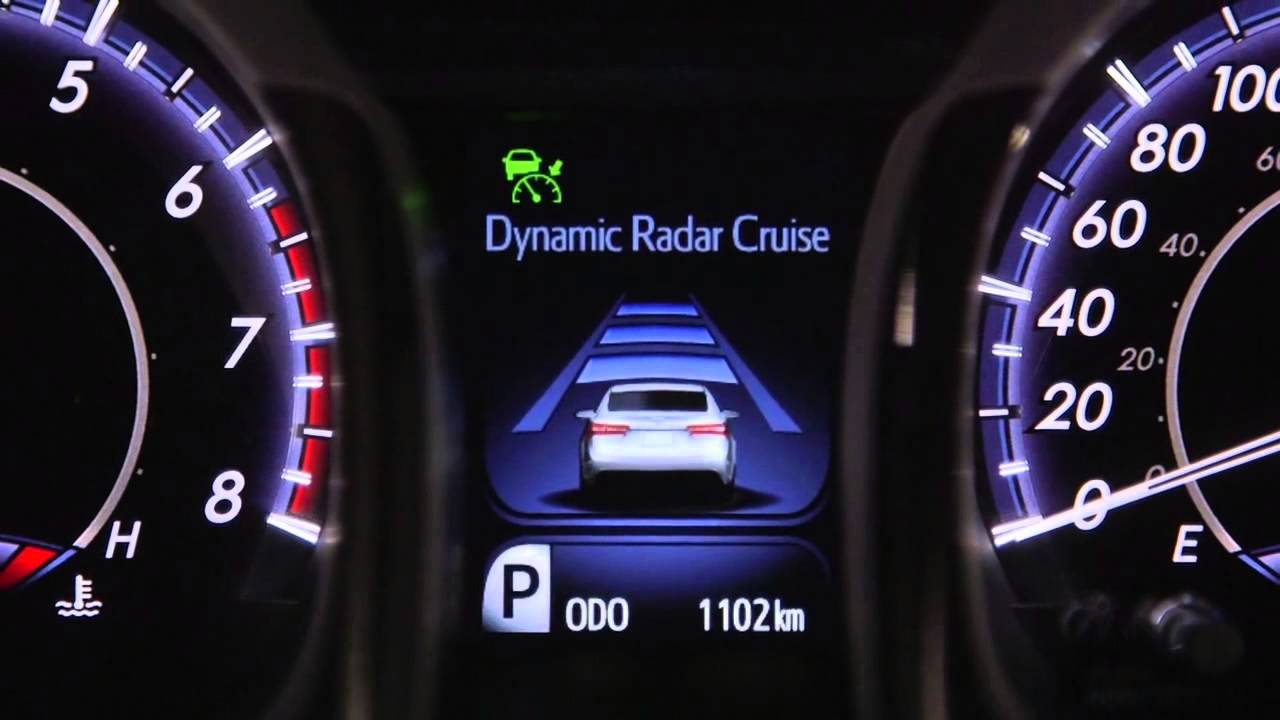
This system uses radar-based tracking to ensure smoother, faster, and more accurate speed adjustments. It integrates deeply with your vehicle’s braking system and sometimes the steering.
It is mostly seen in premium vehicles, offering:
- Seamless acceleration and deceleration
- Minimal jerkiness
- Real-time obstacle detection
4. All-Speed or Stop-and-Go Cruise Control
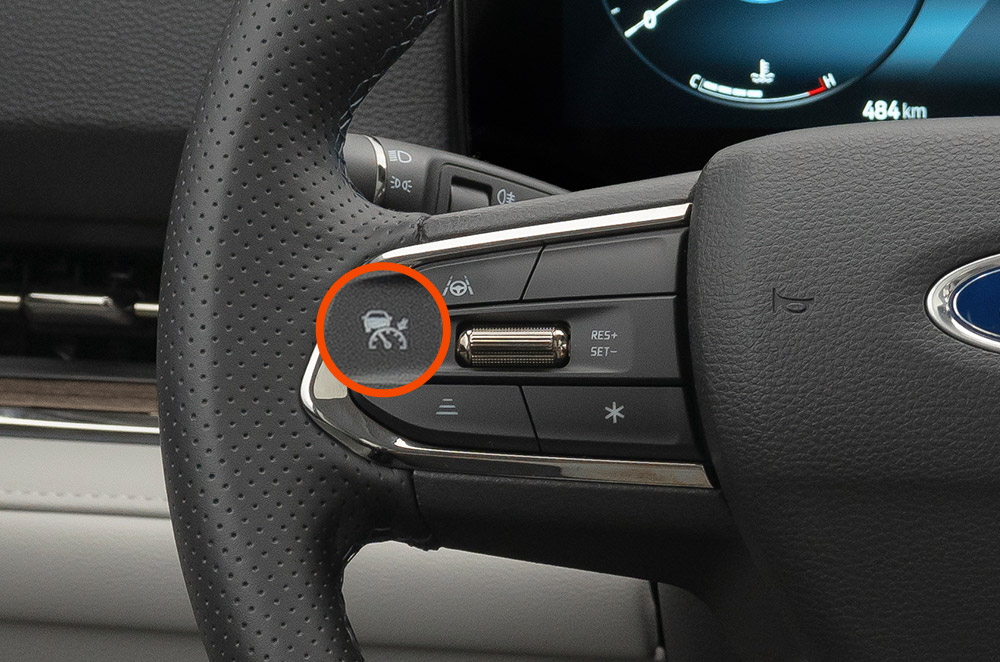
Perfect for heavy traffic, this variant:
- Operates from 0 km/h
- Brings the car to a halt
- Automatically resumes when traffic moves
It's a key feature for exhausting daily commutes.
How to Use Cruise Control in Car
Here’s a simplified guide for new users:
- Accelerate to your desired speed
- Press the Cruise control button on the steering wheel controls
- Remove your foot from the accelerator once the system takes over
- Use "+" or "–" to adjust speed
- Press the brake lightly to disengage
- Avoid using cruise control in wet, snowy, or low-visibility conditions
These steps help maintain safe, controlled, and efficient driving.
Advantages of Cruise Control in Cars
- Reduced Fatigue:
Automatically maintains the selected speed, allowing the driver’s foot to rest during long-distance travel and reducing physical strain.
- Improved Fuel Efficiency:
Helps maintain consistent engine RPM, avoiding unnecessary acceleration or braking, which leads to better fuel economy.
- Enhanced Driving Discipline:
Prevents unintentional speeding by maintaining a stable, preset speed, promoting safer driving habits.
- Adaptive Comfort:
In vehicles equipped with adaptive cruise control, the system adjusts speed based on surrounding traffic, improving safety and comfort in varying road conditions.
Disadvantages of Cruise Control in Cars
- Unsuitable for All Road Conditions:
Indian roads often have unpredictable traffic and obstacles, requiring the driver to stay attentive and ready to intervene.
- Slower Emergency Response:
Because the driver’s foot is not constantly on the pedal, reaction time in sudden situations may be slightly delayed.
- Risk of Drowsiness:
Reduced driver involvement during long drives can lead to lower alertness, increasing the risk of fatigue or inattention.
Adaptive Cruise Control vs Traditional Cruise Control
|
Cruise Control in Car |
Adaptive Cruise Control |
|
Maintains constant speed |
Adjusts speed automatically |
|
The driver must brake manually |
Radar-based systems handle braking |
|
Simple technology |
Uses cameras, radar sensors, and an ECU |
|
Ideal for empty highways |
Ideal for traffic-heavy routes |
|
Found in most cars |
Mostly in high-end or new models |
Common Cruise Control Problems and Issues
Even modern cruise control systems can occasionally experience malfunctions due to electrical, sensor, or mechanical faults. Some of the most common issues include:
- Faulty Brake Pedal Switch:
A malfunctioning brake switch can prevent the cruise control from engaging, as the system may incorrectly detect that the brakes are applied.
- Blown Fuse or Wiring Fault:
Damaged wiring or a blown fuse can interrupt electrical power to the cruise control system, ECU, or associated control modules.
- Speed Sensor Malfunction:
Incorrect or inconsistent speed readings from a faulty sensor can cause the system to disengage or fail to activate.
- Defective Steering Wheel Controls:
Malfunctioning buttons can affect the ability to set, accelerate, or decelerate using the cruise control interface.
- Radar or Camera Obstruction:
Dirt, fog, or physical damage to sensors can interfere with the proper functioning of adaptive cruise control, affecting speed modulation and distance monitoring.
If these problems persist, it is advisable to have the system inspected by a qualified technician rather than attempting self-repair.
Installing Cruise Control - Can You Add It to an Older Car?
Yes, depending on the vehicle. Many petrol and diesel models can accept aftermarket systems, provided they support:
- Electronic throttle control
- Stable ECU mapping
- Compatible wiring harness
However:
- Installation cost varies
- Warranty may be voided
- System reliability may differ from factory-fitted setups
Always choose a certified technician for retrofitting.
Conclusion
Cruise Control in Car is no longer a luxury, it's a practical technology that enhances comfort, fuel efficiency, and long-distance driving convenience. With road infrastructure improving, both traditional cruise control and adaptive cruise control are becoming must-have features for modern drivers.
While cruise control has limitations on unpredictable roads, it remains an excellent tool for controlled, safe, and efficient driving when used properly. If your car supports it, installing cruise control can be a valuable upgrade, especially for frequent highway travellers.
